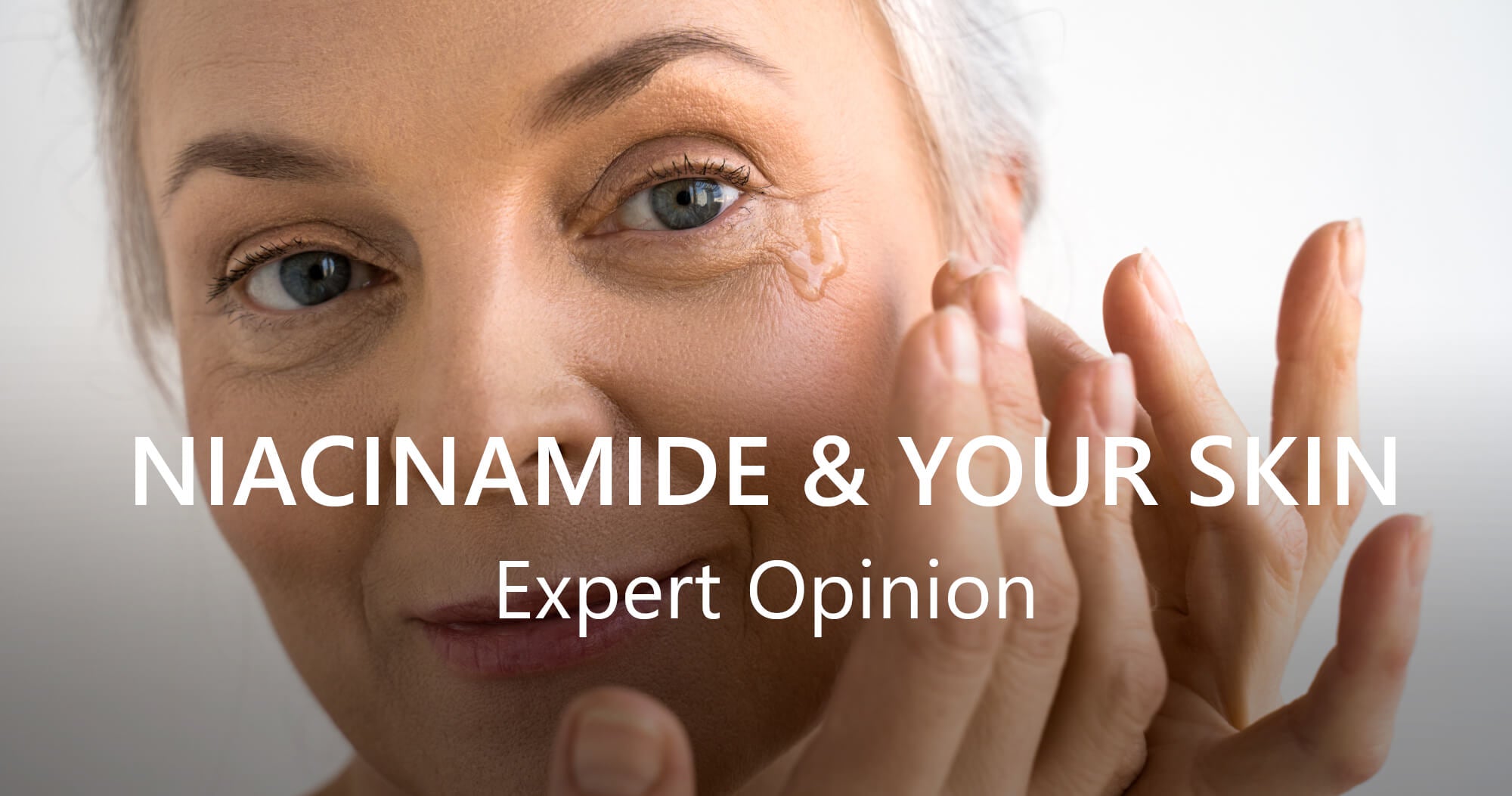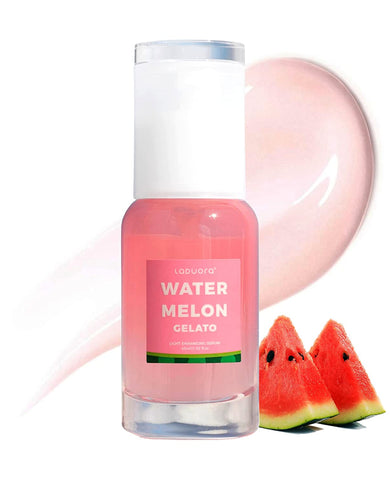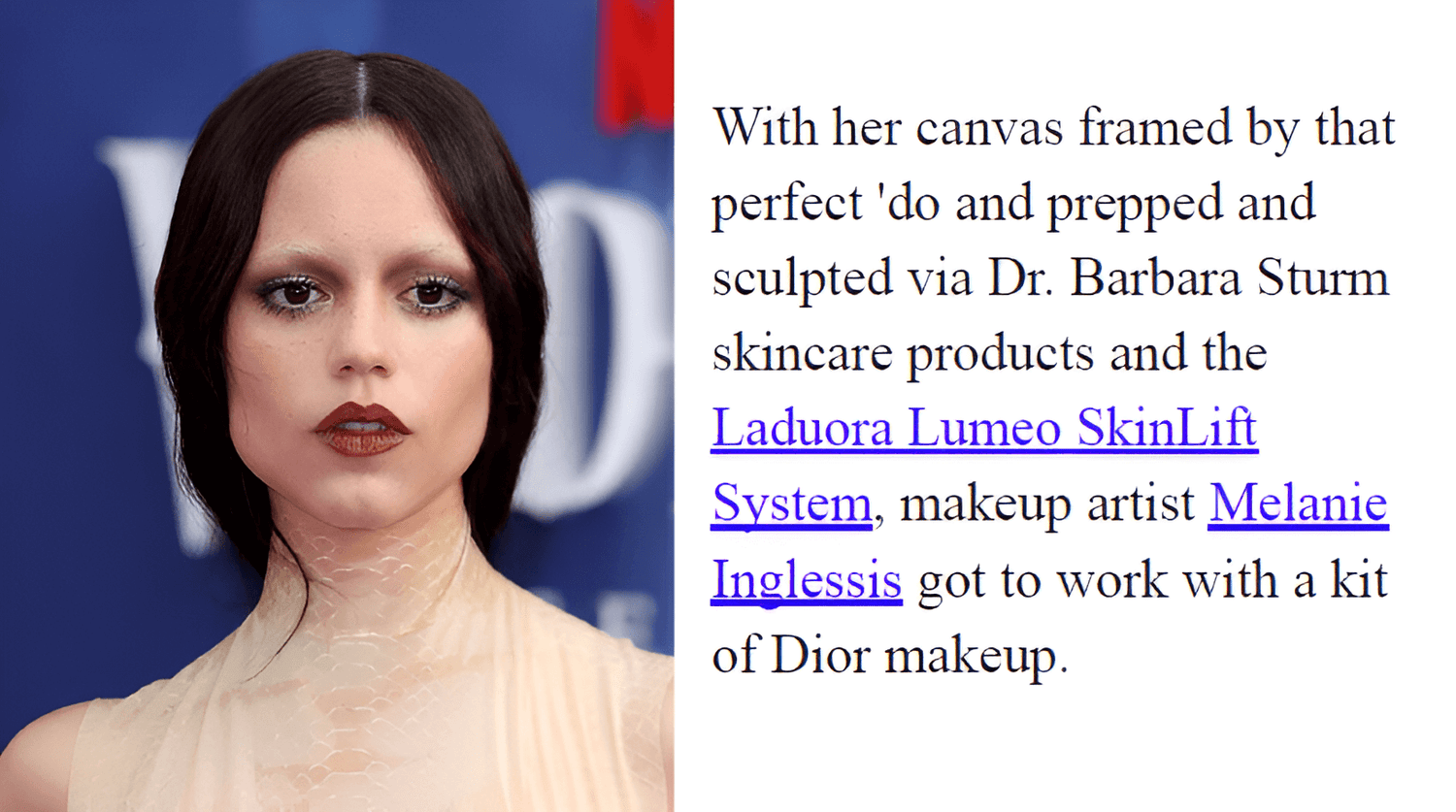Many have heard about vitamin C or vitamin A and their valuable benefits to the skin while another ace that dermatologists keep up their sleeves, niacinamide, remains unjustly undebated and unexplored among general population. What exactly is it, what advantages does it bring to the table and how to make use of them to the fullest? Here is what the experts and science say about this.
WHAT EXACTLY IS NIACINAMIDE?
Behind a rather scholarly chemical name of niacinamide stands a derivative of such an essential and simple compound as niacin, or vitamin B3. It is one of the two forms of the vitamin that can be used in cosmeceuticals, alongside nicotinic acid which, contrarily to niacinamide, causes blood vessel dilation and skin flushing hence is not employed that often in topical formulations.
Throughout numerous years of research, it has been proven that niacinamide is an ingredient of a very high safety profile and its properties are beneficial in an impressively wide array of skin conditions, starting from atopic dermatitis (eczema) and ending with hyperpigmentation.
BENEFITS OF NIACINAMIDE
IT IS A POTENT ANTIOXIDANT
Niacinamide, or nicotinamide, is a precursor of two cofactors that are crucial in sustaining the oxidation-reduction balance in more than 40 chemical reactions that take place in the skin cells, that is nicotinamide adenine dinucleotide (NAD) and nicotinamide adenine dinucleotide phosphate (NADP). Without them, the skin would be helpless against free radicals and extremely susceptible to omnipresent irritants including UV radiation and pollution that would cause hardly reversible damage to its structure and function. For these reasons, niacinamide is an excellent skin protector and slows down the process of skin aging.
IT STRENGTHENS THE SKIN’S BARRIER FUNCTION
The skin naturally performs the protective function as it is equipped with a superficial lipid mantle that is located on top of the epidermis. Thanks to it, the skin is resilient and guards off potential irritants as well as is well-moistured since lipids hinder the evaporation of water from the skin layers.
Niacinamide reinforces the skin’s barrier function in two ways. Firstly, it stimulates the synthesis of ceramides and other compatible lipids that play a central role in the integrity of the skin’s protective barrier. In a study, people who had applied as lowly concentrated as 2% niacinamide emulsion on a daily basis, had a skin barrier that:
- contained significantly more ceramides and other lipids
- locked in moisture in a more efficient way what was reflected in a notably reduced TEWL (transepidermal water loss)
- offered more resistance to potentially harmful factors.
Secondly, niacinamide promotes the turnover of the keratinocytes, or the epidermis-building cells, mainly due to increasing the pool of available NADP. Consequently, the skin is stronger and able to rebuild itself more effectively.
The mentioned properties are especially beneficial in skin conditions where the skin’s natural barrier is damaged from the start like atopic dermatitis (eczema), psoriasis or extremely dry skin.
IT HELPS WITH ERYTHEMA AND BLOTCHINESS
Because of the strengthened skin barrier function, the skin does not react excessively upon coming in contact with a potential irritant. Due to that, the extent of skin responsiveness and what follows inflammation, redness and blotchiness are greatly reduced by niacinamide.
IT FIGHTS ACNE
Niacinamide alleviates the symptoms of acne vulgaris not only on account of its anti-inflammatory features but because it also confirmedly reins in sebum production. In a study published in the Journal of Cosmetic and Laser Therapy, the sebum production was substantially better controlled among the group that had used a niacinamide moisturizer for four weeks in comparison to the group that had used a placebo. The copious research that has come out later has only confirmed the claim that niacinamide is effective in mitigating acne and can be as efficacious as topical antibiotics.
IT DECREASES HYPERPIGMENTATION
While most of the skin-lightening ingredients decrease hyperpigmentation via inhibiting the process of melanin synthesis, niacinamide does it via other pathways. Primarily, it reduces the transport of melanin-storing melanosomes from the melanocytes to the upper layers of the epidermis yet it also limits the formation of by-products that could lead to the formation of pigmentary spots under increased oxidative stress in the skin cells.
IT LESSENS THE APPEARANCE OF THE SIGNS OF SKIN AGING
Among the frequent manifestations of skin aging, fine lines and wrinkles are the most common as well as tend to become visible the soonest. Niacinamide prevents the formation of them not only owing to its structure-stabilizing antioxidant properties and moisture-retaining features but it also boosts the production of dermal collagen, keratin, fillagrin and involucrin - proteins that are key to maintaining youthful skin architecture and integrity. Moreover, it stops the so-called Maillar reaction that is responsible for the sallowness of the aged skin. The yellowish skin hue occurs as a result of increased glycation (reaction between proteins and sugars) of skin proteins which is effortlessly thwarted by antioxidative niacinamide.
The anti-aging properties of niacinamide are confirmed in a plethora of studies. In one, 50 women had applied 5% niacinamide to half of their faces for the period of 12 weeks. After that time, the halves of their faces were meticulously compared with each other. Niacinamide had strikingly reduced the appearance of the signs of aging including fine lines, wrinkles, hyperpigmentation spots, blotchiness and yellowish hue as well as significantly improved the skin’s firmness and elasticity.
THE TIPS ON HOW TO USE NIACINAMIDE
You can easily miss all of the benefits of niacinamide if you do not apply it correctly. Here are some dermatologist-approved tips that will prevent that:
- Niacinamide is a water-soluble compound hence it will be the most beneficial in concentrated serum formulas although not too heavy moisturizers will also be great.
- If you are using concentrated formulas, start with 5% and gradually work your way up. Monitor how your skin reacts.
- If you are worried about how your skin will react to niacinamide, apply a small amount of the product on the skin below your thumb or on the inside of your wrist. If nothing bad happens after a few days, the skin on your face should not get irritated as well.
- Apply your niacinamide product once or twice a day after applying a toner.
- Combine the benefits of niacinamide and other active ingredients like vitamin C or vitamin A. It is totally safe while it can augment the benefits of both ingredients as well as lower discomfort if the second ingredient is potentially irritable like retinol.
References:






